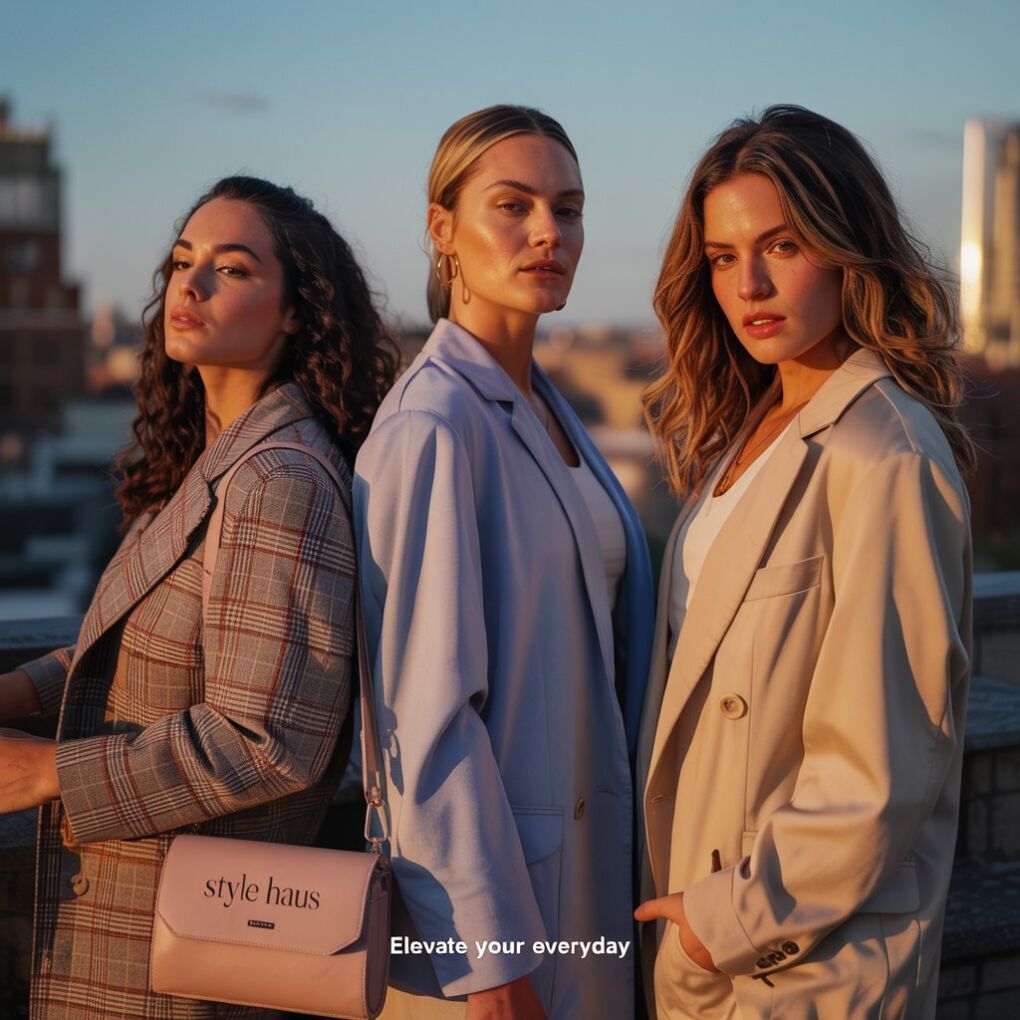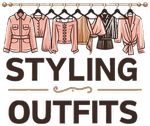In the digital-first age, where attention spans are shorter and visual content dominates online spaces, fashion influencers have become powerful brand ambassadors. They combine style, creativity, and digital savvy to bring fashion narratives to life, transforming social platforms into vibrant runways. Today, they’re not just endorsing products—they’re crafting immersive brand experiences that spark engagement and drive consumer behavior.
As the competition intensifies in the fashion and lifestyle space, influencers continue to adapt by embracing innovative content formats, smart storytelling strategies, and emerging technologies. Their influence is no longer limited to personal style. It extends to how audiences discover, perceive, and relate to brands in real-time, making them indispensable allies in digital brand promotion.

Storytelling Through Style: The Influencer’s Edge
One of the primary reasons fashion influencers are so effective in brand promotion is their mastery of storytelling. A well-styled outfit isn’t just about colors and fabrics—it’s about evoking a mood, narrating a lifestyle, and inspiring identity. Influencers turn fashion into storylines, connecting their personal aesthetics with the aspirations of their followers.
This storytelling is often layered with context. Whether they’re documenting their morning routines, attending fashion events, or traveling across countries, influencers use these everyday moments to subtly weave in brand collaborations. This organic integration helps audiences engage with brands in a less commercial, more relatable way.
Moreover, their ability to visually represent trends in real-time allows them to act as cultural curators, introducing new styles and movements to their communities long before traditional advertising catches on.
Social Media as the New Fashion Billboard
Unlike traditional fashion advertising, which can often feel one-directional, social platforms foster an ongoing dialogue. Instagram, TikTok, and other visual platforms allow fashion influencers to go beyond showing—they can demonstrate, explain, and engage.
For instance, styling reels, “get ready with me” videos, product comparisons, and unboxing clips have become essential content formats. These segments are not only entertaining but also deeply informative, offering real value to viewers. Brands benefit from this highly personalized approach to promotion, where the product is not the center of attention but part of a larger lifestyle conversation.
The real-time nature of social media also allows influencers to respond directly to followers’ comments, creating a loop of interaction and trust that strengthens the brand association further.
Leveraging Short-Form Content for Broader Reach
Short-form videos have rapidly gained traction, particularly among younger demographics. Their appeal lies in their snackable, fast-paced nature, which aligns well with modern content consumption habits. Fashion influencers have skillfully adapted to this trend, using quick edits, trend-based audio, and transitions to showcase everything from outfit ideas to skincare routines.
One platform that has surged in popularity for this format is youtube shorts, enabling influencers to create faceless short videos for YouTube from simple text prompts within minutes. This feature is particularly helpful for creators who wish to stay behind the camera while still producing impactful content. It opens doors for fashion influencers to present lookbooks, styling hacks, or fashion facts in an efficient and visually engaging way—ideal for mobile-first audiences.
By utilizing short-form content, influencers expand their digital footprint, reaching new followers across platforms and diversifying the ways in which they promote brands.
The Role of Innovation and Technology in Fashion Content Creation
As content quality becomes a key differentiator, influencers are turning to tech-enabled solutions to streamline production and elevate storytelling. What once required complex editing software and advanced skills can now be achieved using intuitive, AI-powered applications.
Among these innovations, invideo AI stands out by offering an ai video maker app that simplifies the video creation process for influencers and brands alike. This app allows creators to produce polished video content using templates, automation, and smart editing features—all without needing professional-level expertise. With such tools, influencers can quickly adapt their content to match campaign goals, seasonal trends, or platform-specific aesthetics.
Whether it’s assembling a visual product catalog, adding dynamic text overlays, or syncing footage with brand-approved soundtracks, these apps reduce the creative burden while maintaining high-quality output. This is particularly advantageous for micro-influencers or freelance creators who juggle multiple campaigns and need to maintain a consistent content pipeline.
Building Authentic Brand Collaborations
The authenticity of a fashion influencer is often the key driver behind their success in brand collaborations. Audiences follow them not because they sell, but because they share. They offer honest opinions, curated style inspiration, and personal recommendations, which makes their content feel more trustworthy and engaging than traditional ads.
Brands are increasingly moving toward long-term partnerships with influencers rather than one-off promotions. This allows for deeper narrative integration and stronger brand affinity. When a fashion influencer consistently includes a brand in their routine or wardrobe, it signals a genuine alignment of values and aesthetics, which in turn influences purchasing decisions.
Additionally, influencers are now more selective about the brands they associate with, often prioritizing sustainability, ethical practices, and social responsibility. This discernment adds credibility to their content and ensures that their audience stays engaged and loyal.
Creating Communities, Not Just Followers
Fashion influencers don’t just build audiences—they build communities. Through interactive content such as polls, Q&As, live sessions, and comments, they create a two-way communication channel that fosters deeper connections. Followers feel seen and heard, which amplifies their engagement with the influencer’s content and the associated brands.
These communities become microcosms of style, dialogue, and consumer behavior. Influencers can test ideas, introduce collections, or even co-create products by involving their audience in the creative process. This level of participatory marketing leads to higher trust, increased loyalty, and stronger brand resonance.
Fashion influencers are reshaping how style and branding converge in the digital world. With their innate ability to blend storytelling, aesthetics, and technology, they’ve become indispensable to modern marketing strategies. As platforms evolve and consumer preferences shift, these creators remain agile—embracing tools like invideo AI and exploring formats such as youtube shorts—to stay ahead of the curve. In doing so, they continue to transform casual content into cultural currency, one post at a time.
